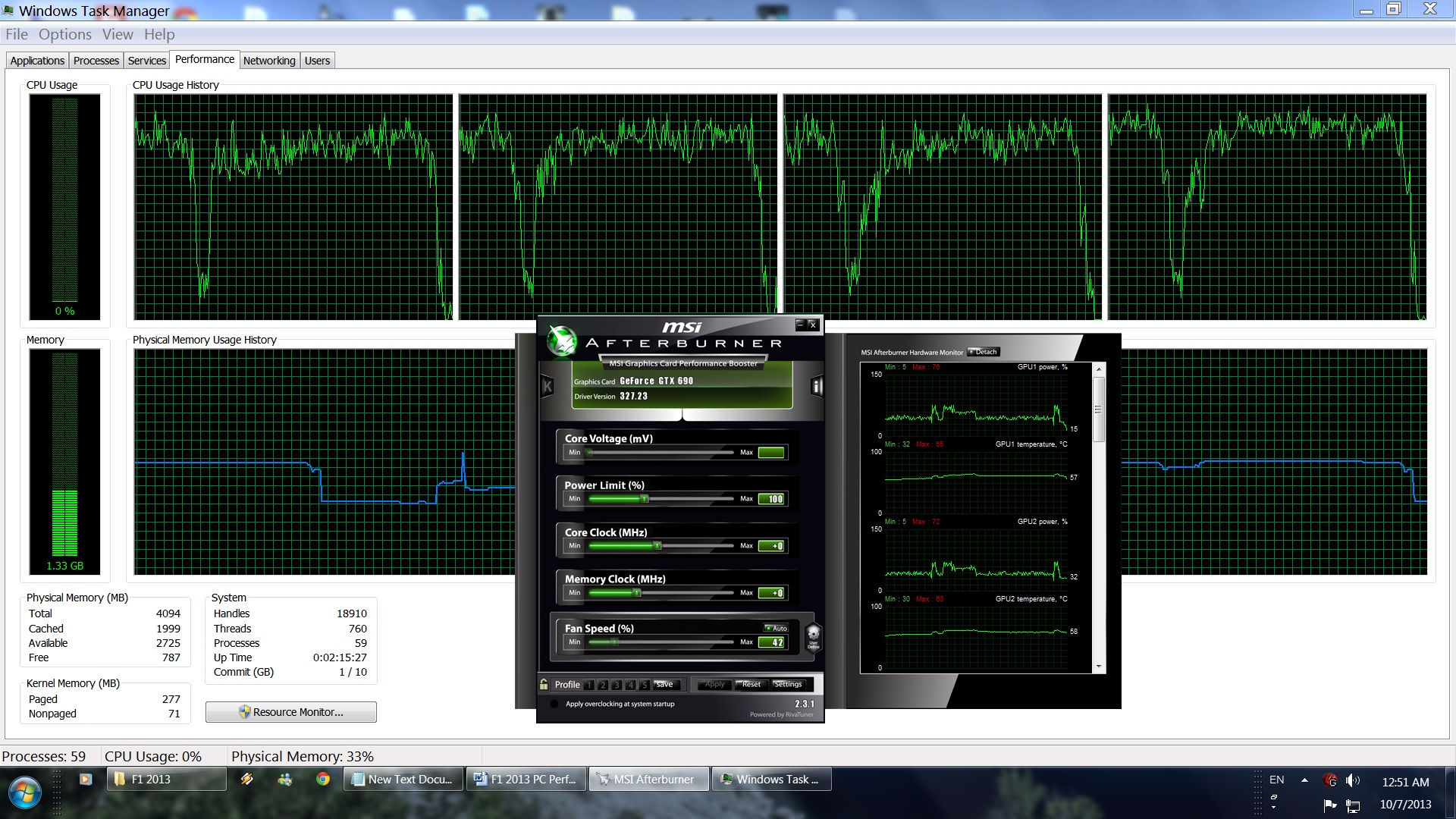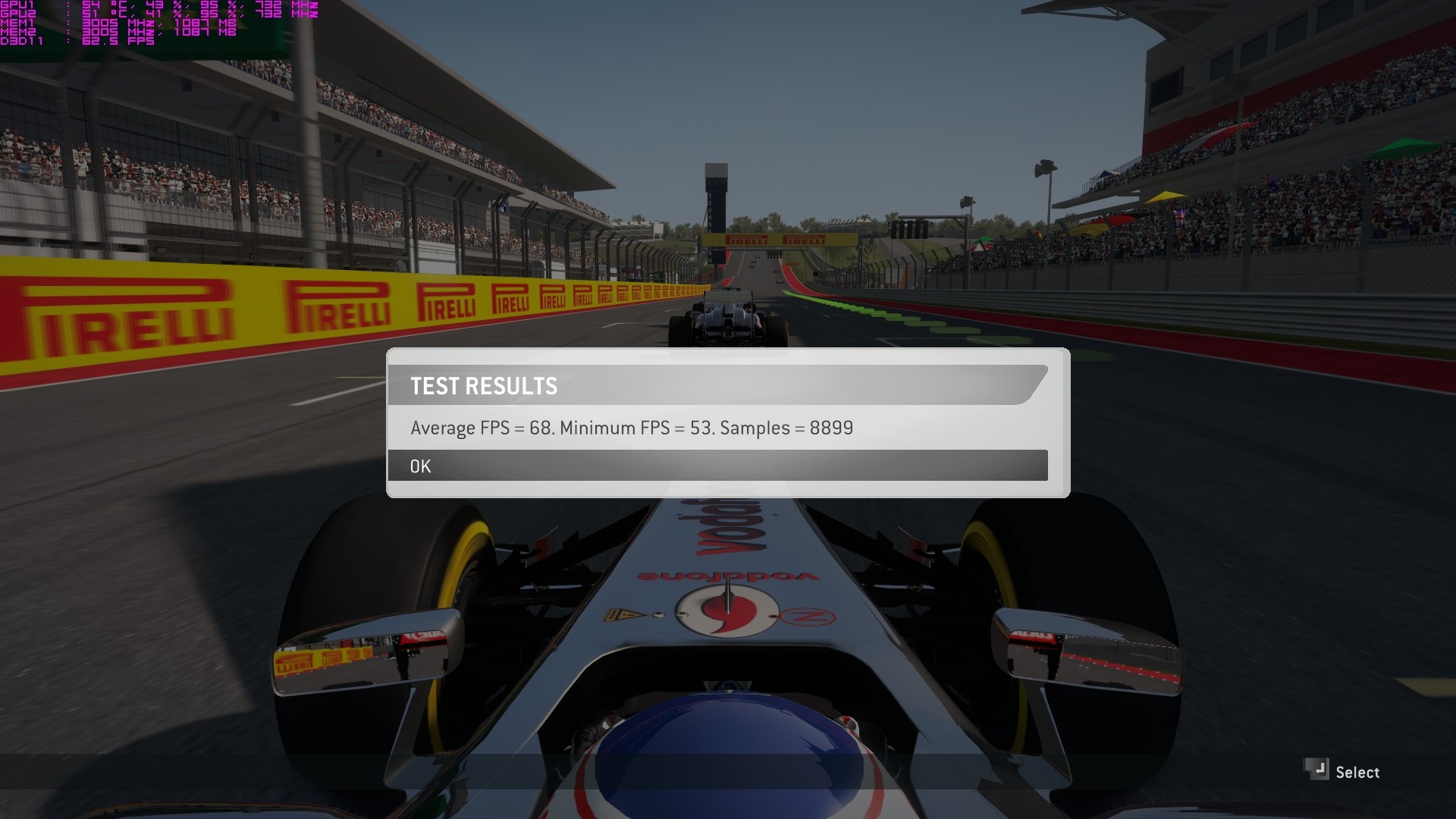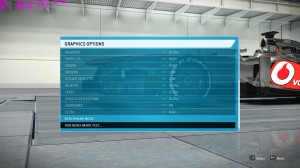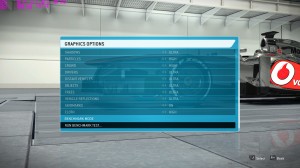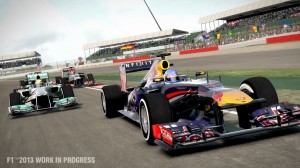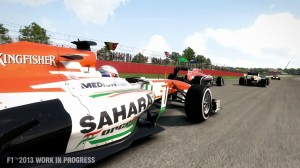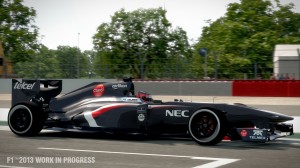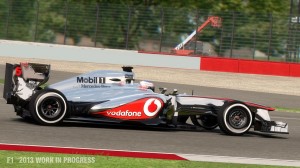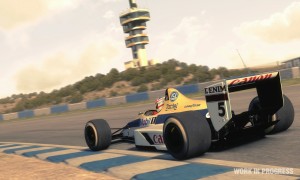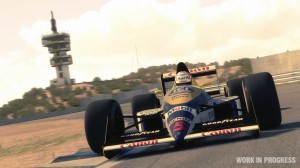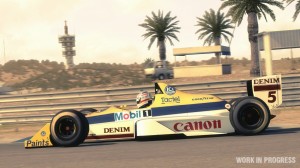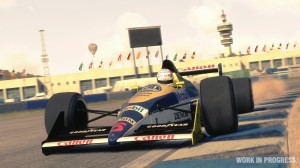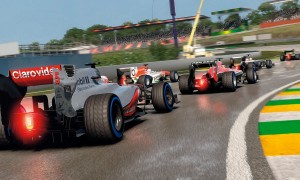Back in 2011, we claimed that F1 2011 was a title suffering from various performance issues. Due to its multi-platform nature, F1 2011 handled some graphical features via the CPU and there was no performance difference between a tri-core and a quad-core CPU. Not only that, but the performance difference between a dual-core and a quad-core was around 6fps, meaning that the game’s engine was unable to properly use more than two CPU cores. Fast forward two years and here we are with F1 2013 – a game that shows performance differences between tri-cores and quad-cores, and a game running way better than its predecessors. Now that’s the spirit Codies.
As always, we used an overclocked Q9650 (4Ghz) with 4GB RAM, an Nvidia GTX690, the latest version of the GeForce ForceWare drivers and Windows 7-64Bit. The green team has already included an SLI profile for this title, meaning that you won’t have to mess around with any third party tool in order to enable it. Not that you will an SLI profile, though, as the game will not tax your GPUs. Still, this is a good option for all those with weaker SLI systems. In short, good news for all Nvidia users.
F1 2011 ran with 42fps on our system back in 2011. Well, we are happy to report that F1 2013 was running with 68fps on this very same system (albeit using a different GPU, though we should note that we were not GPU limited back then). Surprisingly enough, our minimum fps in F1 2013 (53fps) was higher than the average fps in F1 2011 (42fps). Seems that Codemasters has finally learned its lesson as F1 2013 runs fine and is enjoyable on the very same hardware that could not offer an ideal gaming experience in F1 2011. As we’ve already said, games – and especially next-gen titles – with proper multi-core CPU support will run faster even on older quad-cores, and F1 2013 proves that we were right all along.
Now let me be an a*shole for a minute, and let me link you back to our F1 2011 Performance Analysis. Back then, a lot of our readers claimed that our Q9650 was simply not enough to run that game. Most said that it was an ‘old’ and ‘weak’ CPU. We claimed that the game did not take advantage of quad-cores and even though we used the performance graph to back up our claims, a lot people did not wish to believe us. Well, today it is payback time as F1 2013 – a game releasing two years afterwards – runs better on that same hardware. What I’m trying to say is that we know what we’re doing. When we say that a game has performance issues, it does have. It’s not like we want to burn to the ground specific developers for no apparent reasons. No no no. Above all things, we are PC gamers and we want our games to actually take advantage of our hardware. Plain and simple.
We are also happy to report that the game’s engine does not longer let the CPU handle its reflections or shadows. Yeap, those effects are finally being calculated by the GPU. As a result of that, our simulated dual-core system was running F1 2013 with an average framerate of 52fps. That’s 10fps higher than the results we got in F1 2011 on our quad-core system, proving that dual-core owners will also benefit from all those engine optimizations that have been implemented.
Despite Codemasters efforts, though, there are some graphical settings that are still being handled by the CPU instead of the GPU. These are the ‘distant vehicles’ and ‘drivers’ settings. Each of these settings brings a 6-7fps hit on quad-cores. Therefore, we benchmarked the game with the following settings to find out how this title performs on dual-cores, tri-cores and quad-cores.
With the first set of settings (1080p with 8xMSAA), a dual-core was pushing 56fps, while a tri-core and a quad-core were pushing 76fps and 82fps, respectively (results are from the game’s in-built benchmark tool). With Ultra settings, we noticed an 8fps hit on our simulated dual-core system, and a 14fps hit on both of our tri-core and quad-core systems. The difference between the performance hit on our dual-core and our tri-core/quad-core systems obviously means that there are some multi-core scaling issues that have not been resolved by the Codies. Not only that, but if the GPU was handling both of the aforementioned graphical settings, the game would be running even better on all of our systems. Raising our CPU frequency to 4.2Ghz increased our overall performance by 4fps, meaning that overclocking your CPU will definitely pay off.
Graphics wise, F1 2013 is not impressive at all. The game’s visuals feel dated, something that is evident by the really low GPU usage. Our GTX690 was not stressed at all (40% usage), even with 8xMSAA. The reflection system is quite good, though it cannot come close to the one featured in Project CARS. All the F1 cars look great, though the game’s environments feel ‘weak’ and ‘dull’. Moreover, the game’s lighting system feels average and there isn’t any kind of Global Illumination effects to improve its visuals. In short, the game feels similar to last year’s offer. There are some minor improvements to the vehicles and environments but – like the Fifa and PES series – the visuals have not been overhauled enough.
All in all, F1 2013 performs better than its predecessors on the PC platform. The EGO engine is finally taking advantage of quad-cores, though there are still some graphical options that are not being handled by the GPU. Dual-core owners will be able to enjoy this F1 game, and there are a number of settings to tweak in order to bring performance to your liking. And yes, we have to admit that we were really impressed with Codemasters. Contrary to other companies, the Codies have actually improved their EGO engine. There are still some CPU scaling issues, however Codemasters is heading towards the right direction.
Enjoy!

John is the founder and Editor in Chief at DSOGaming. He is a PC gaming fan and highly supports the modding and indie communities. Before creating DSOGaming, John worked on numerous gaming websites. While he is a die-hard PC gamer, his gaming roots can be found on consoles. John loved – and still does – the 16-bit consoles, and considers SNES to be one of the best consoles. Still, the PC platform won him over consoles. That was mainly due to 3DFX and its iconic dedicated 3D accelerator graphics card, Voodoo 2. John has also written a higher degree thesis on the “The Evolution of PC graphics cards.”
Contact: Email


